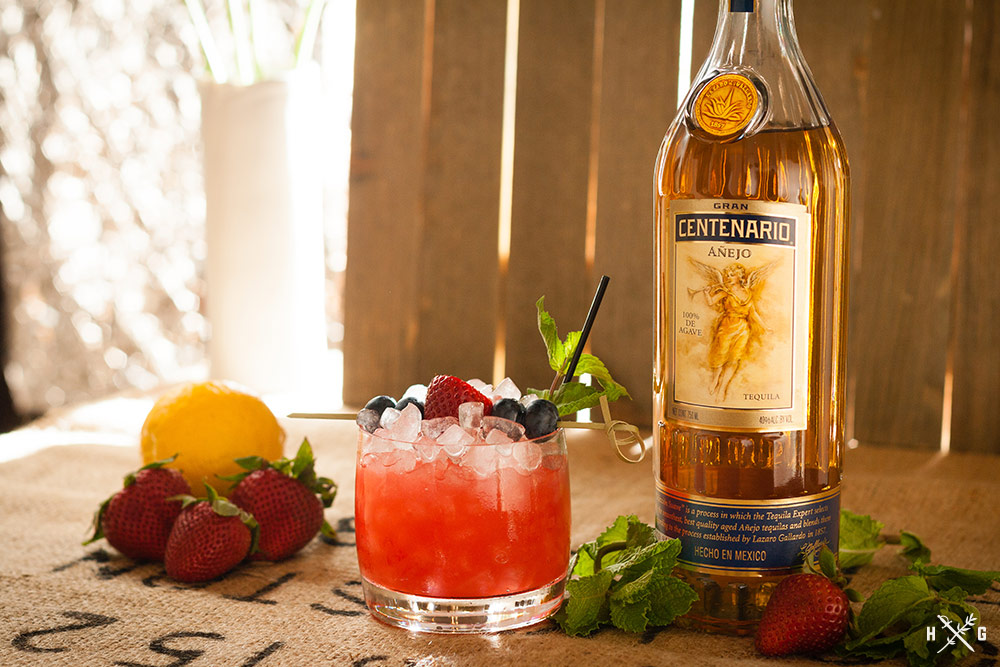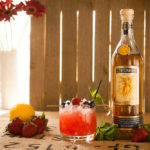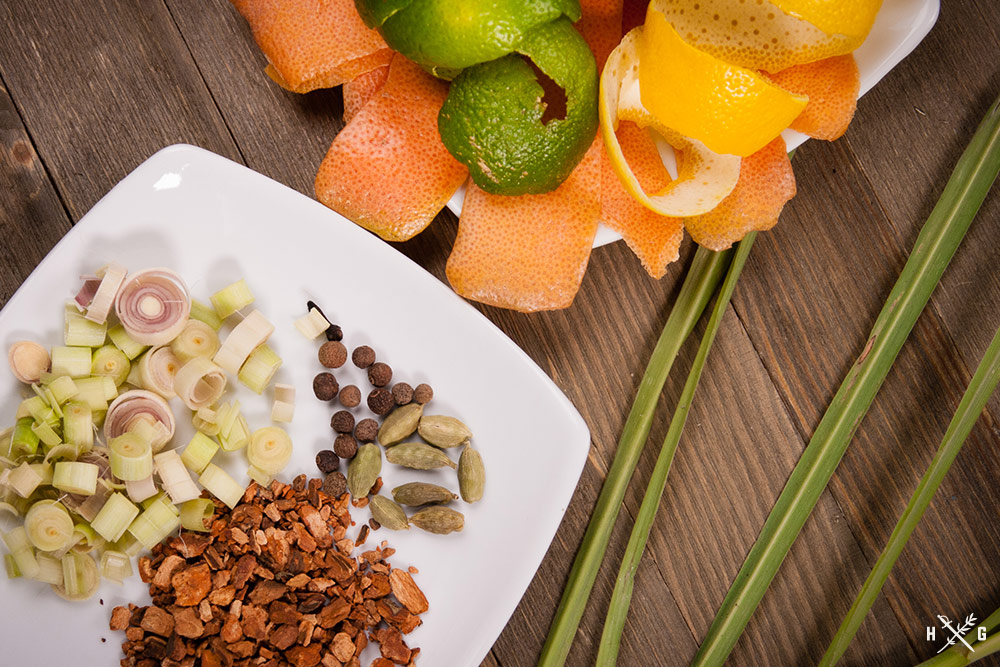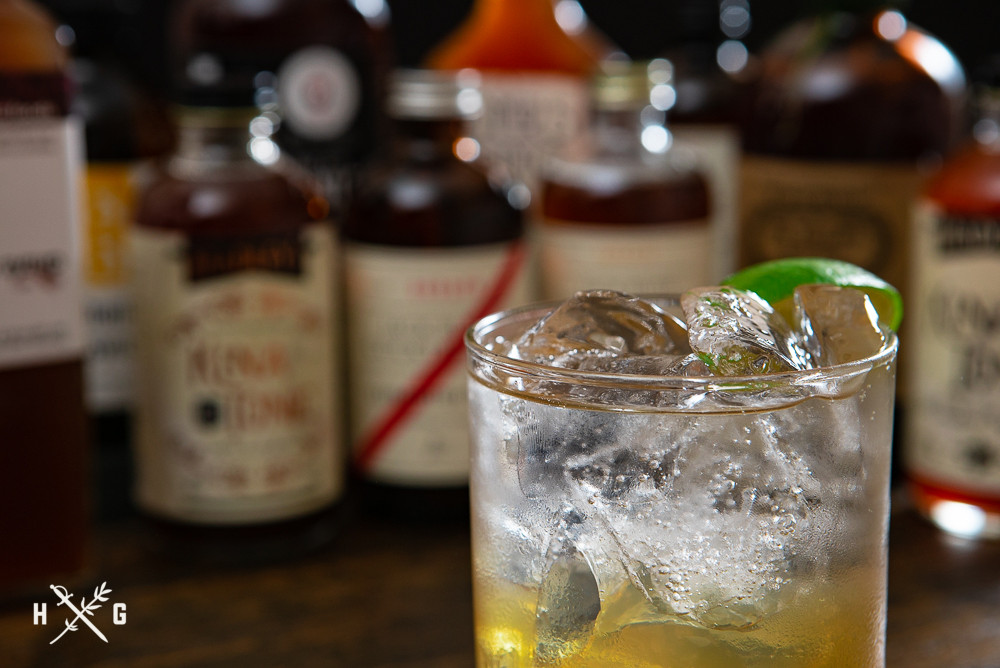With every spirit there is an additional layer of appreciation that comes from understanding the history and production process. Nowadays we can walk into any bar and choose from a variety of beers, wines, and spirits from locations across the globe, yet what distinguishes the interesting ones is the region that they are from along with their history.
While many are aware that Champagne is simply a sparkling wine from the Champagne region of France, and that Cognac is a brandy that is produced in another region in France, it’s not as commonly known that tequila is a region-specific spirit. All tequila is a type of mezcal, the primary differentiating factor is that tequila has to be made with 100% blue agave, whereas mezcal can be made with other species of agave. Mezcal (Spanish for “oven-cooked agave”) is also characterized by its smokey flavor that comes from the roasting process of the agave plant’s heart (piña).
When choosing a tequila there are few things to take into consideration. First and foremost, make sure that it’s 100% blue agave-based spirit. Cheaper agave spirits may be labeled as tequila, but unless it says 100% blue agave, it’s a “mixto”, meaning that some of the sugars are from other sources besides agave. Also, don’t go in search of “the worm”. The worm in a bottle of tequila is only a marketing gimmick, and the worm is actually the larvae of a moth that feeds on the agave plant. Infested agave is low-quality agave.
What’s the difference between blanco, reposado, and añejo tequila? This all has to do with how long the tequila is aged. Blanco, reposado, and añejo are the most common age statements that you will see, but these sometimes go by other names. To break it down simply, here is a list of tequila age statements as well as suggested ways to use each.
Types of Tequila
Blanco
- Aging: Can be aged for no more than 2 months. Sometimes bottled immediately after distillation.
- Other Names: plata, white, platinum
- Usage: Most suitable for use in cocktails.
Joven
- Aging: Varies. These are often “mixtos” (a subset of tequila), with caramel coloring, flavor extracts, and non-agave sugar added. However, there are a handful of quality producers that make quality product by blending blanco and extra añejo tequila.
- Other Names: gold, young, oro
- Usage: Inducing hangovers. The exception would be any 100% agave tequilas that are blends of blanco and extra añejo.
Reposado
- Aging: 2-12 months
- Other Names: none (reposado means “rested”)
- Usage: Higher-quality reposado is suitable for sipping. Works well in cocktails.
Añejo
- Aging: 1-3 years
- Other Names: Añejo means “aged” or “vintage”, but it’s unlikely to find this under any name other than añejo.
- Usage: Often great sipping tequilas. Also suitable for cocktails.
Extra Añejo
- Aging: over 3 years
- Other Names: none
- Usage: Treat this as you would a fine whiskey – sip it.
To demonstrate the added appreciation that comes from knowing the history and production process of a spirit, we’ll use Gran Centenario’s Añejo tequila as an example. The Gallardo family began producing tequila in 1857, but it wasn’t until 1895 that Lazaro Gallardo decided to sell his tequila. Fast forward 25 years, and that’s when his son, Luciano, decided to start bottling the tequila.
Gran Centenario offers a plata, reposado, and añejo – all made with 100% blue agave that is slowly roasted for 72 hours. All of their tequilas spend some time in French Limousin oak for the aging process. Their añejo is aged for the maximum allowable time of 36 months, and it’s great for either sipping or for cocktails. One of my favorite simple tequila drinks is an añejo smash. If you ever need a tequila cocktail other than a margarita that is sure to be a crowd-pleaser, look no further. (For a refresher on what a “smash” is, check out this past post.) This añejo smash is endlessly adaptable as you can use whatever seasonal fruit you have on hand. If sweet and fruity isn’t your thing, check out this negroni riff, La Terra Rojo. Notes of coffee and chocolate make it another personal favorite. How do you prefer your tequila? Tag The Humble Garnish on social media, I’d love to know.
Cheers.
Añejo Smash
Ingredients
- 1½ ounce añejo tequila
- ¾ ounce agave nectar
- ½ ounce Grand Marnier
- 7 mint leaves some reserved for garnish
- 4 blueberries
- 4 lemon wedges
- 2 strawberries
Instructions
- Combine mint leaves, blueberries, lemon wedges, and strawberries in shaker and muddle.
- Add tequila, Grand Marnier, and agave nectar then shake with ice.
- Double strain into rocks glass filled with crushed ice and garnish with mint sprig.




